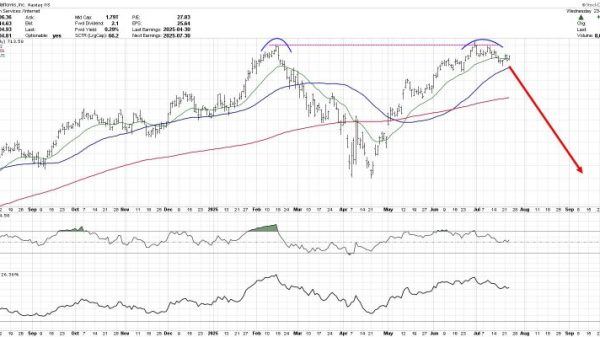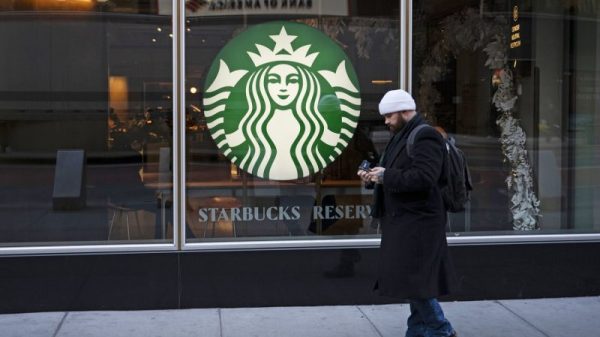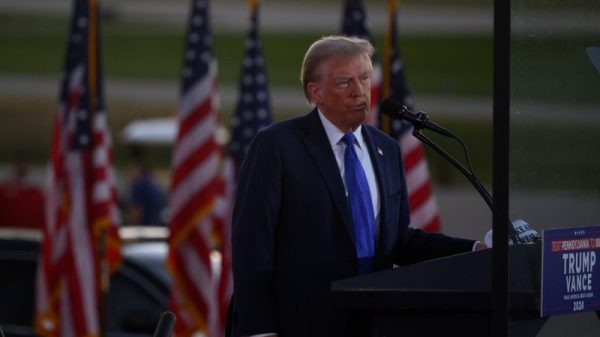The Supreme Court seemed poised on Tuesday to uphold a major gun regulation imposed by the Biden administration that requires background checks, serial numbers and sales records for the nearly untraceable firearms known as ghost guns.
A majority of the justices seemed skeptical of arguments by gun owners, parts makers and Second Amendment groups that the government exceeded its authority in 2022 when it imposed new rules for the guns.
The weapons, which have been used in a growing number of crimes over the past decade, are typically assembled at home using parts, kits or pieces printed by 3D printers.
A decision upholding the Bureau of Alcohol, Tobacco, Firearms and Explosives rules would be a departure for the high court, whose conservative supermajority has been generally skeptical of gun regulations and issued a landmark 2022 ruling that made it far easier to challenge restrictions.
Solicitor General Elizabeth B. Prelogar argued the ghost gun rules were consistent with more than 50 years of firearms regulation and said not treating the firearms like other commercially available weapons would be dangerous.
“Our nation has seen an explosion in the crimes committed by ghost guns,” Prelogar said.
In 2017, police submitted about 1,800 ghost guns for tracing. That number skyrocketed to more than 19,000 in 2021, according to the Justice Department. The 2021 figures included weapons linked to nearly 700 homicides or attempted homicides. Without serial numbers and purchase records, law enforcement officials said, less than one percent of those ghost guns could be traced.
The lack of background checks for ghost guns allowed people barred from owning weapons, such as felons, to purchase them with ease.
The ATF responded to the situation by issuing a new interpretation of the nation’s main gun control law, requiring ghost guns be regulated in the same way as other guns sold commercially.
Peter A. Patterson, who represented gun owners, groups and makers, told the justices the ATF had gone beyond the scope of the 1968 Gun Control Act by redefining parts kits and partially assembled bodies of weapons as equivalent to finished firearms.
“There definitely has been a sea change here,” Patterson said.
In ruling on the case, the justices will have to answer two specific questions: whether weapons parts kits that can be readily assembled count as guns under the Gun Control Act, and whether a partially completed frame or receiver — the body of the firearm that holds the firing mechanism and barrel — can be regulated under the gun-control act.
The law defines a firearm as “any weapon (including a starter gun) which will or is designed to or may readily be converted to expel a projectile by the action of an explosive.” It also includes the “frame or receiver” of a weapon, but Congress didn’t define those terms when it passed the law.
The justices spent much of the oral argument discussing when and to what degree partially assembled guns and kits could be defined as firearms under the law. Prelogar, arguing on behalf of the Biden administration, said ghost gun kits were analogous to tennis rackets without the strings or bicycles without pedals. At one point, Justice Samuel A. Alito Jr., a conservative, held up a yellow legal pad and pen and asked: “Is this a grocery list?”
Justice Sonia Sotomayor, a liberal, seemed to embrace the government’s contention that ghost guns were fit to be regulated under the law, citing ATF letters back to 1978 that used similar language as the new rules.
But conservative Justice Clarence Thomas was more skeptical, saying the ATF “wasn’t regulating in this way for half a century.’
A federal judge in Texas granted a summary judgement to the plaintiffs challenging the law in 2023, and the conservative 5th Circuit Court of Appeals upheld the lower court’s ruling. The government then asked for the Supreme Court to take up the case.
The justices ruled 5-4 to allow the ghost gun regulations to take effect while the case plays out. Conservative justices John G. Roberts Jr. and Amy Coney Barrett sided with the court’s three liberals, signaling they might be included to uphold the regulations when the high court issues its ruling.
Nearly two dozen states and the District of Columbia filed a friend of the court brief arguing the federal ghost gun regulations complement their own efforts to regulate the weapons efforts and have led to a decrease in how often ghost guns are found at crime scenes.
“Indeed, without meaningful federal oversight, unserialized guns have increasingly fallen into the hands of prohibited persons, with often deadly results,” the states and D.C. wrote.
A decision in the case is expected before the term ends in June.
This is a developing story. It will be updated.




























